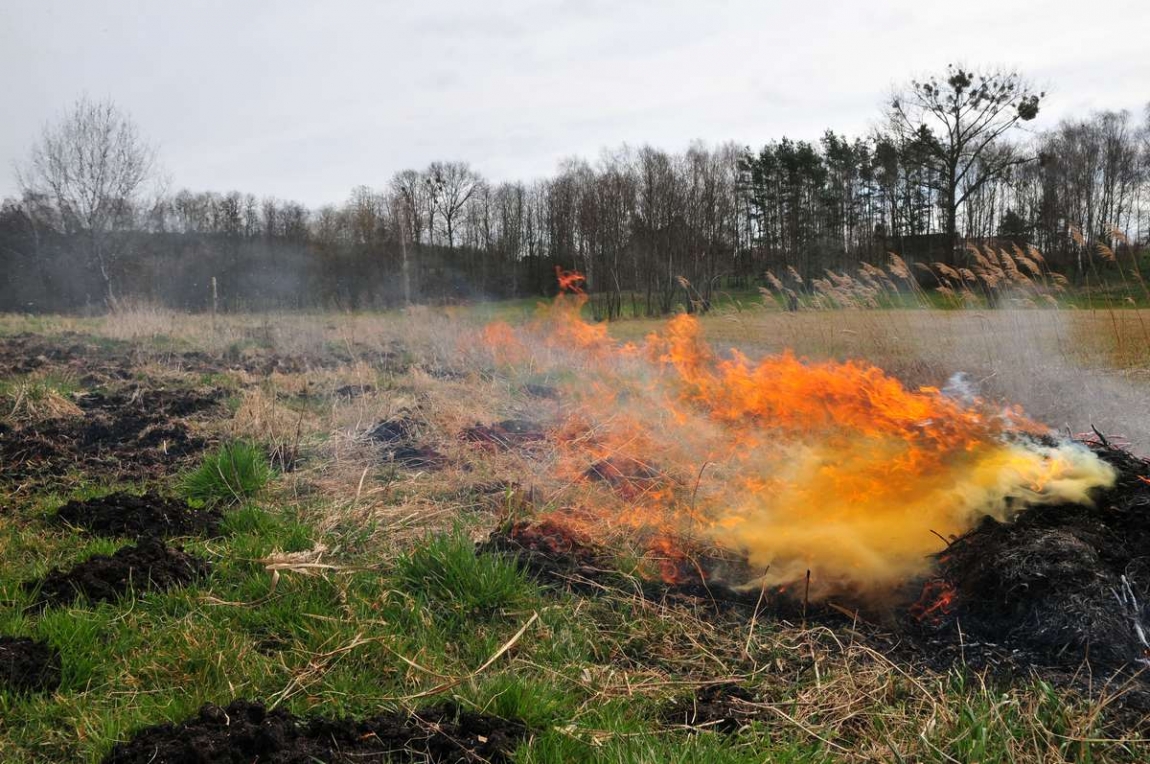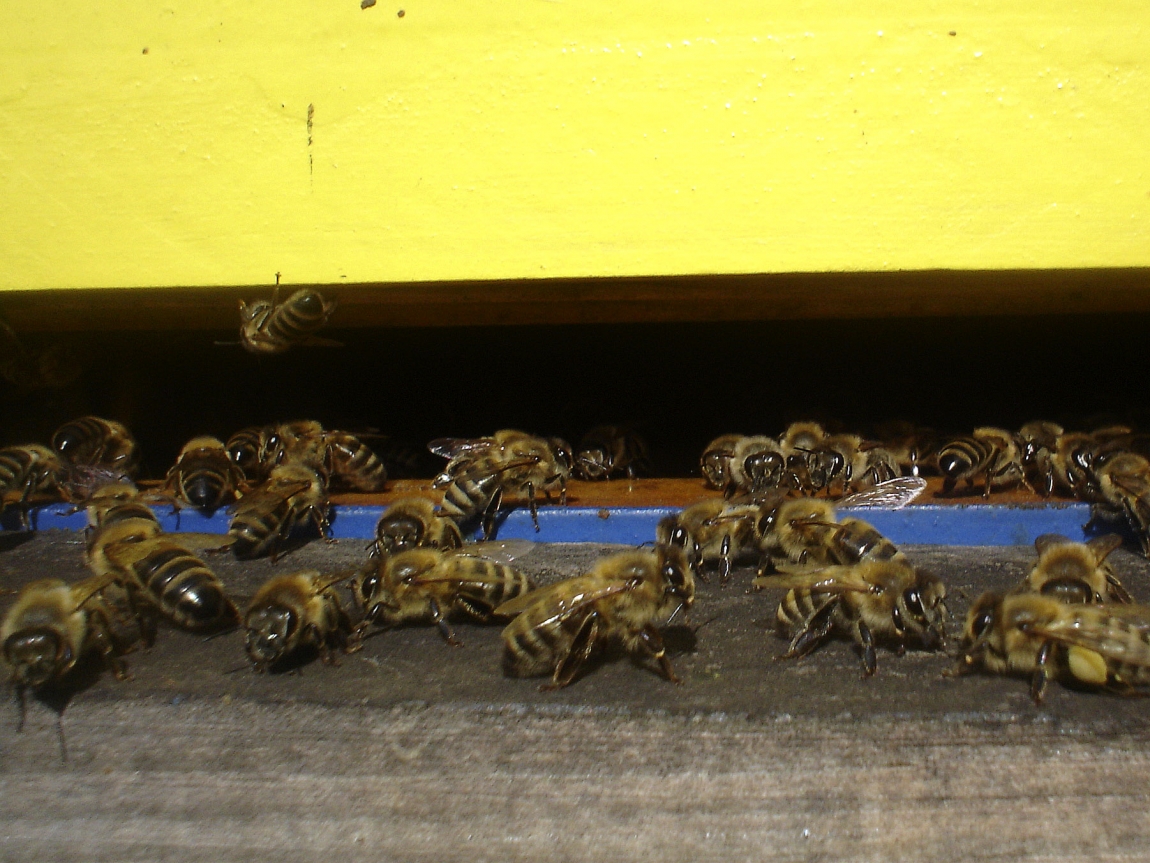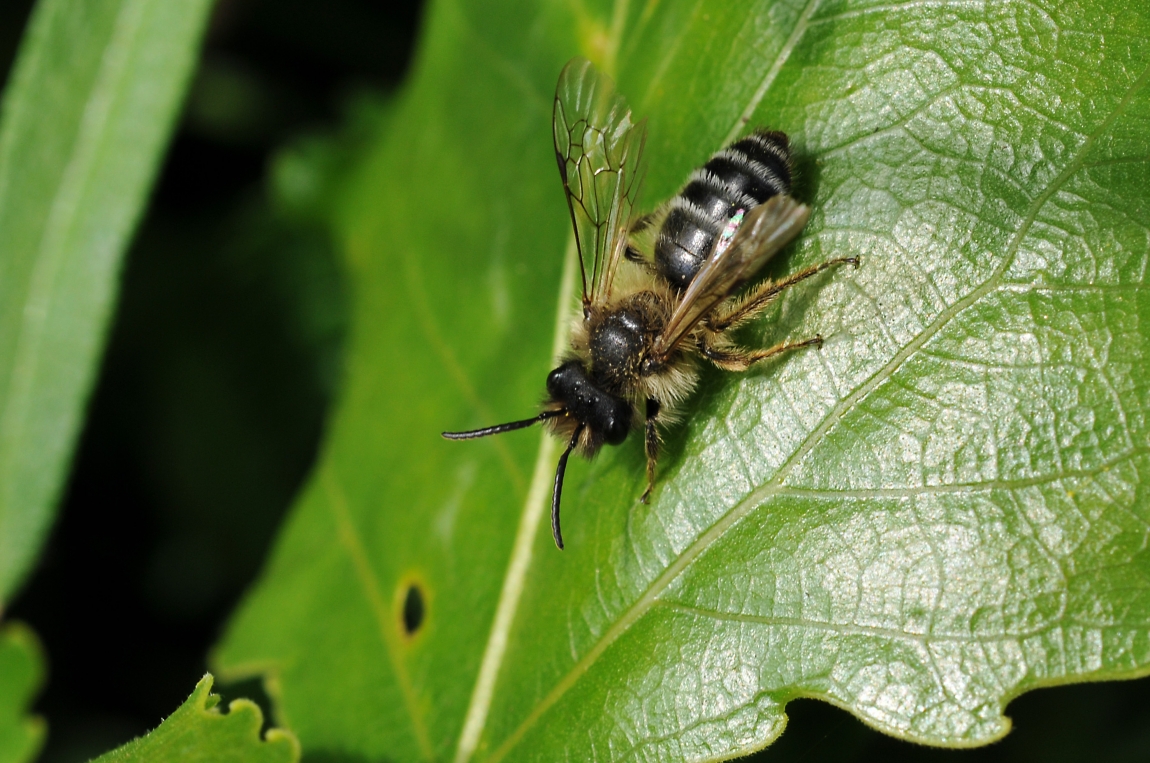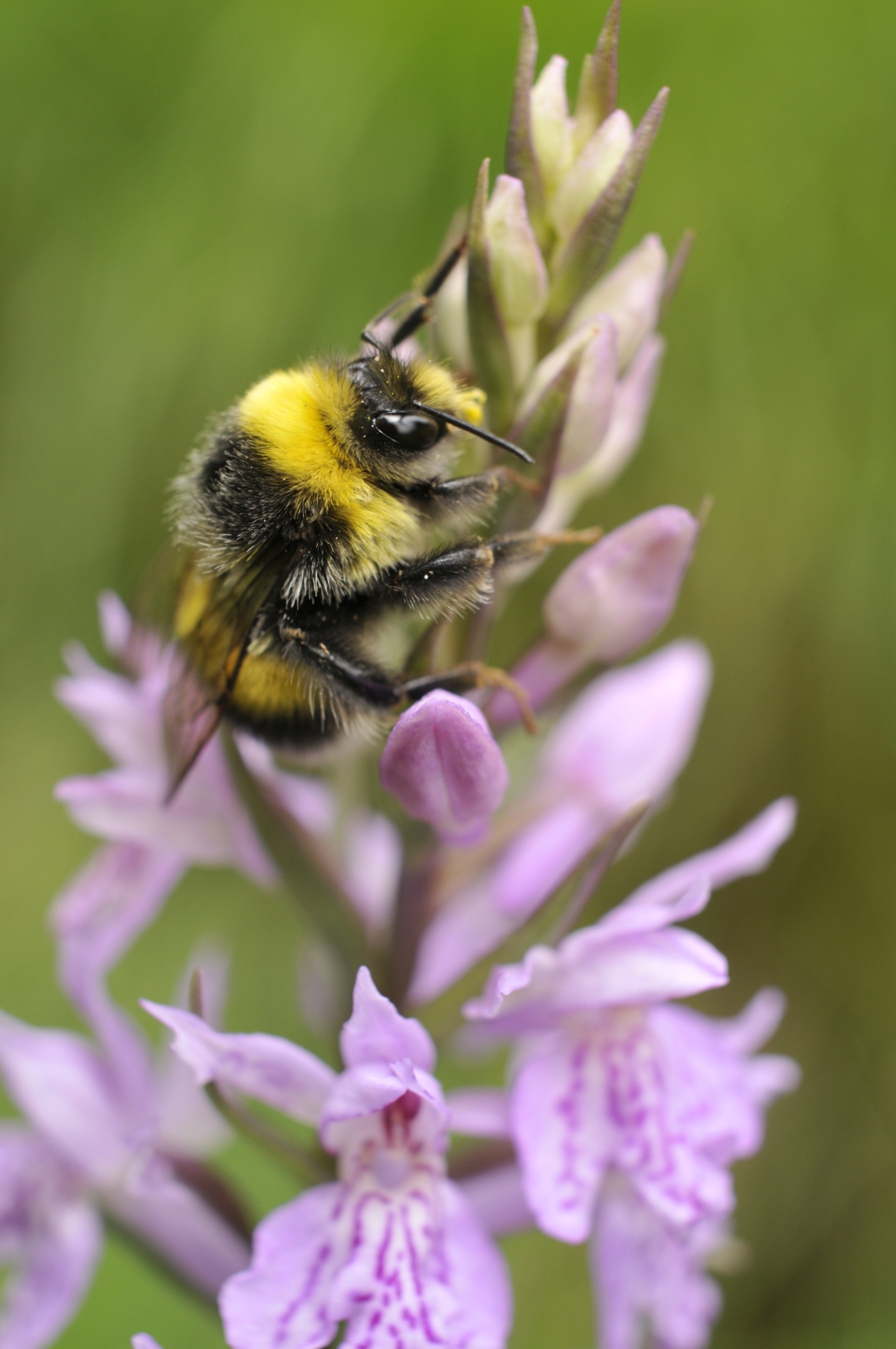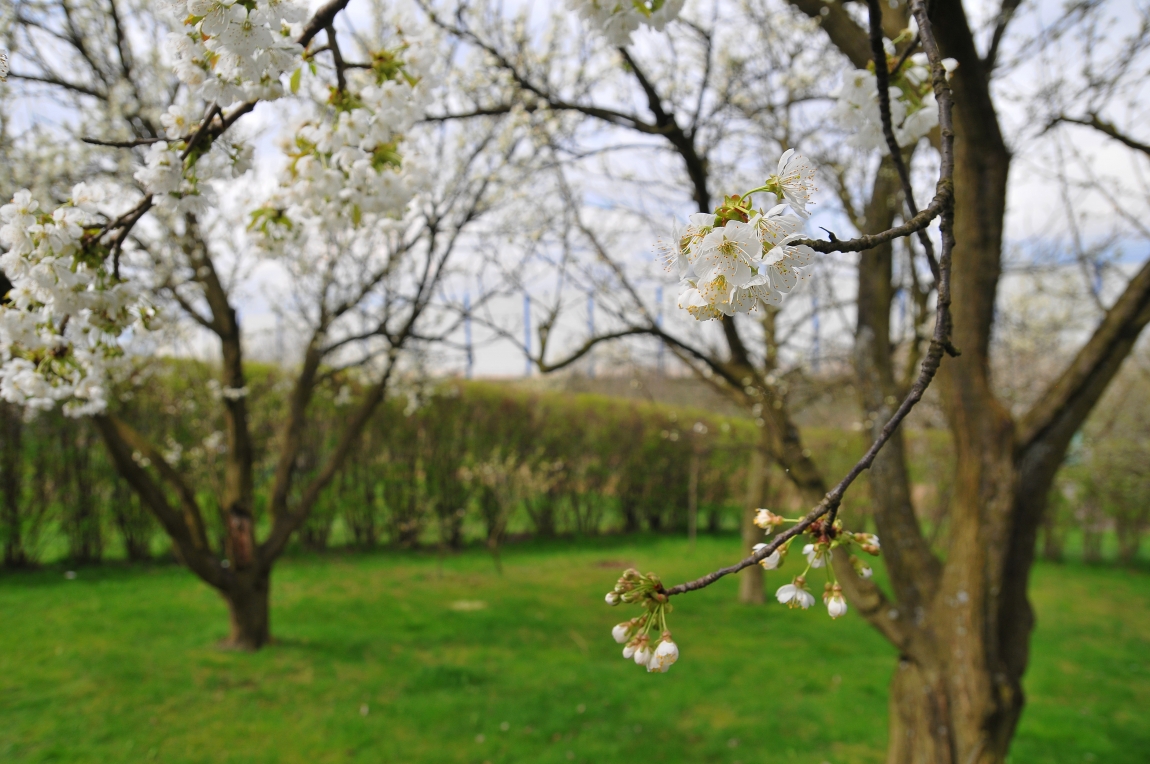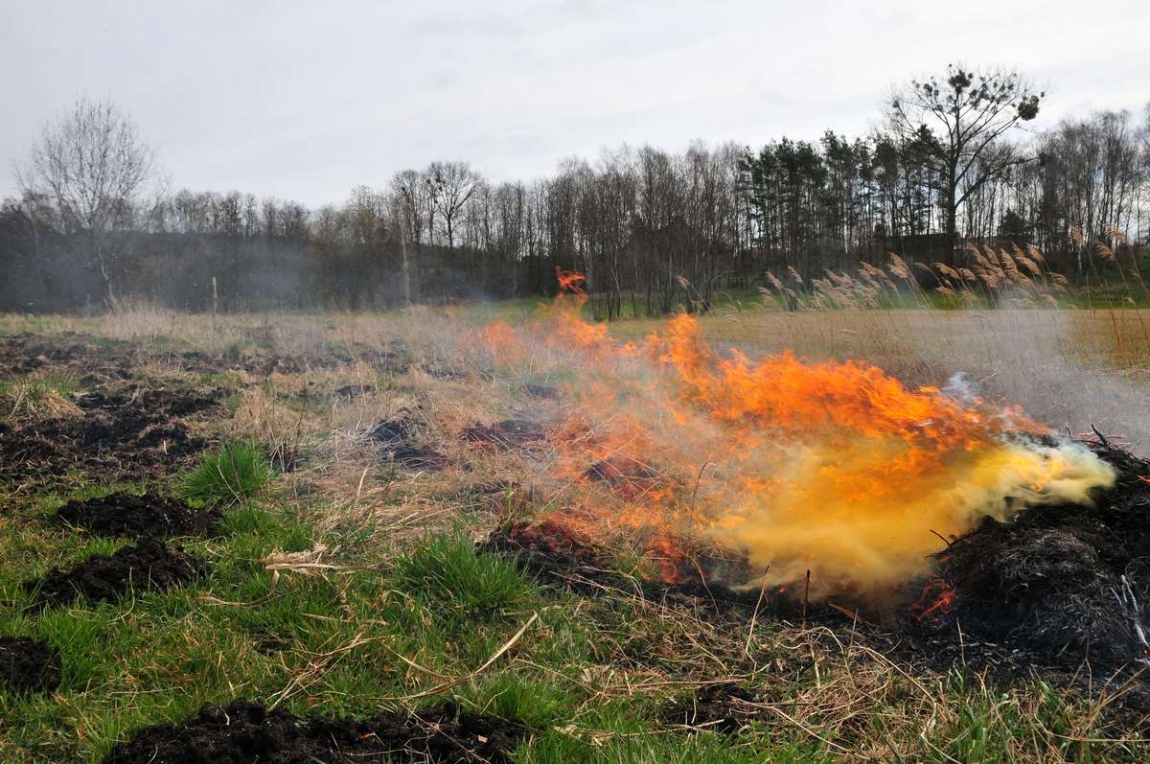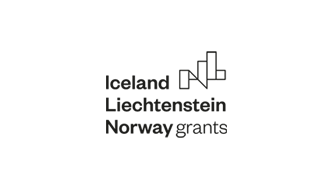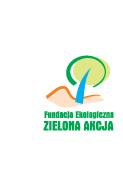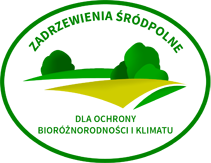• increased use of plant protection products,
• creating a huge monocultures of crops,
• removal of balks and woodlots in order to make optimum use of the available land.
• ploughing and using for the cultivation of wastelands.
They also focus mainly on the cultivation of cereals, which generate lower production costs, but do not give bees profits.
Another danger for the pollinators, associated with agriculture is also the burning of meadows, pastures, fallow or stubble.
The increased use of pesticides contributes to a significant reduction of the population of pollinators in agricultural areas within and adjacent areas. Chemical pesticides are one of the main factors leading to the death of entire colonies and reduction of the number of other pollinators. Part of pesticides operates directly and immediately, causing the death of an insect after a few or several minutes. These formulations frequently pose a threat to bees foragers (working in the field), but do not constitute a greater danger to house bees. Thanks to that, part of the colony is not poisoned. The second group of pesticides operates in the long term. Therefore, foraging bees from plants sprayed, manage to bring it to the hive, where it is cumulative with stored food. It operates with a delay and can cause poisoning of entire bee colonies. Dangerous to bees, especially to those living in organized societies (honey bee, bumblebees) are also chemical plant protection products that are not toxic to bees (e.g. fungicidal, or herbicidal). They have a peculiar smell (usually very strong) and are sprayed on the bees, which lose their own colony scent and at the entrance to their nests are identified as outsiders and killed.
Monocultures, which are vast acreage of fields in which one species of plant is grown, often for several years, also are detrimental to pollinators. Wild pollinators have limited flight range to 100-1000 meters from the hive, depending on the specific species. Therefore, huge plantations are available to them only on the outskirts. It also adversely affects the pollinated plants, as they will be well pollinated only on the outskirts, and a lot worse in the middle due to lack of pollinators. Only the honeybee has a greater range of flight up to 2-3 km, but the further it must go, the less raw material it will bring to the nest. Another very disadvantageous aspect of pollination of the cultivation of monocultures is must of eating food of one plant species for a long time. Monodiet leads to an impoverishment proper intestinal flora of insects, which forms a natural barrier against harmful microorganisms and pathogens. Degradation of the physiological barrier contributes to the development of many diseases, including nosema disease or chalkbrood.
Huge problem for wild pollinators is the removal of woodlots or balks, for which these sites are the refuges, where they create their hives and benefit from food offered by plants occurring there. Therefore, removal of woodlots or balks is the reason for the significant depletion of apifauny of particular area. This results in less pollination of plants because pollinators cannot nest in cultivated fields. Balks and woodlots provides an ideal habitat for bumblebees (Bombus) or hairy-footed flower bees (Anthophora plumipes). Cutting trees is also a problem for beekeepers engaged in breeding honeybees, because the areas divested of trees exposes hives to direct sunlight, which affects the bees (overheating slots) and the beekeeper (working in the heat).
The practice of burning meadows, pastures, fallows and stubbles usually takes place in autumn or spring, when most pollinators already or still remains in winter hiding (adult insects or different stages). They are located in dry blades of grass, or common reed, and in leaf litter or in the soil just beneath the surface of the earth. Therefore, burning destroys these insects completely (by burning or overheating), which kills a whole generation of children of the area. In the spring the site will be deprived of wild pollinators until its re-colonization by bees, which is not so obvious, because the populations of these insects are shrinking at an alarming rate.
Therefore, as soon as possible, action should be taken to protect the bee insects and their habitats, and the road to it is through education of the public – raise the awareness of how valuable are these insects for us, our economy and the environment.


